Man is naturally attracted by the paranormal and all that is unexplainable. The success of reality shows such as Ghost Hunters, but also of series like the X Files in the 90s or American Horror Story more recently is proof of it.
In truth, we can go much further back in time and find even more evidence of it, two words standing up and shining against the pitch black, thick coat of night: gothic literature. And when you think of gothic literature, you think of … castles, majestic, ancient buildings, often associated to a time, the Middle Ages, considered mysterious and “dark” (even if historically it was not quite the case, but this is another story). Italian castles are so many and so amazingly wonderful we have even dedicated a series of articles to them (click on the link).
The castles we are going to check out today are very special indeed, because they have, or so legends say, very special inhabitants: ghosts. Here are some of the most famous and spookiest of Italian castles. Feel free to be afraid…
Valle d’Aosta: Castello di Issogne, home to a femme fatale
Let us start with a bang: a beautiful fedifragous woman, two marriages, dozens of lovers. Murders, loads of murders. This is, in short, the story behind the Castle of Issogne‘s haunting. A bit of history first, though. The castle was built on the right bank of the Dora Baltea, in the centre of the Alpine town of Issogne. The first documents attesting its existence are from the mid 12th century, but it certainly reached the height of splendor in the early Renaissance period. Ghosts or not, the castle is worth a visit: its internal yard, embellished by a precious fountain called fontana del melograno and by colorful frescoes, is astonishing.
What about the ghosts – you probably wonder – we want to know about the ghosts!
Here I tell you. The castle was home to Bianca Maria di Challant, who is said to still live in its rooms. Bianca Maria married for the first time very young, to Ermes Visconti di Somma, but lost her husband soon after. She married again with another nobleman, Count Renato di Challant, proprietor of the castle, but their union was ill-fated, as well.
Bianca Maria was young, pretty and liked men; she was also a countess, so she basically could pick any hunk she liked. So far, you may think, nothing out of the ordinary: in the end, history teaches being unfaithful was quite the norm in noble families in the Middle Ages and beyond. Bianca Maria, though, did not want people to get to know about her escapades, so she had to eliminate the main source of information about them: her lovers. Bianca Maria di Challant had many of her lovers killed, and was eventually condemned to death by beheading. She was executed in Milan, but her soul returned to Issogne, where it still lives. She has been seen by many a witness, who describe her as a beautiful young woman, always smiling and very charming, who loves bestowing kisses to those more receptive to her presence.
Boys, do not get too friendly with the lady.
Piemonte: Castello della Rotta, the most haunted place in the country
Knights, countesses, monks, full processions of ghosts: all these have been seen at Castello della Rotta and, of course, they were not made of flesh and bones like you and me. This medieval times castle (its first stone was probably placed sometimes in the 12th century) was built in an isolated area, about 10km from the town of Moncalieri. It is surrounded by three rivers – the Po, the Stellone and the Banna – and it was very likely built for defensive and strategic purposes. All spooky legends related to the castle seem to originate from the fact it was a Templars’ stronghold for more than 300 years. The fact it is not far from Turin, a notoriously magical city, certainly increased its ghostly cred.
Legends and paranormal experiences began to be recounted at the beginning of the 20th century: the castle was in dismay and stories about its supernatural inhabitants started circulating. However, it was not until the 1980s that the Castello della Rotta obtained the dubious award of most haunted place in Italy, after the amount of witness accounts about ghostly presences increased exponentially.
Its rooms and gardens are said to be regularly roamed by a knight on his horse, an evil priest, an ecclesiastical procession – which appears only on the 14th of June – a noblewoman, a cardinal, a nanny and a man dressed in black. I do not know about the others, but the knight’s story was somehow confirmed by the finding of his bones, along with those of his horse. The human remains, buried on the castle’s grounds, were found along with an iron cross, which witnesses said to have seen on the ghost, too.
Emilia-Romagna: il castello di Montebello and Azzurrina, the seven centuries old girl
The castle of Montebello is a beautiful building, which has been recently renovated and opened to the public. Still the property of an old Italian noble family, the Counts Guidi di Bagno, the castle is home, since 1370, to young Guendalina (or Adelina), daughter of Ugolinuccio, feudal lord of Montebello di Torrione. The legend says that Guendalina was an albino and that her parents, probably to protect her from the common medieval belief albinos were connected to the Devil, used to regularly dye her hair black. Because of the nature of the dyes used and the fact albinos’ hair cannot keep pigments as easily as other types of hair, Guendalina’s locks were not black, but light blue, just like her eyes, hence the name with which she is commonly known, Azzurrina.
On the Summer solstice of 1375, during a tremendous storm, Azzurrina vanished in the castle’s cellars and her body was never found. Every five years, however, she returns to her home on the day of her disappearance, crying and screaming.
But what do we actually know about Azzurrina? Very little and our sources are only pseudo-historical: her story was very likely passed on orally for generations and only written down in the early 17th century by a local priest. However, even this written document is surrounded by mystery, as no one has ever seen it. Something certain is the overall ghostly fame of the castle, as documents from the 19th century mention hauntings and apparitions not related to Azzurrina.
Puglia: il Castello di Otranto, where history, ghosts and literature meet
If you majored in English literature, or just love reading, mentions of the Castle of Otranto will bring back memories of Horace Walpole and his novel, considered the first gothic piece ever written. Today, though, we will not discuss Walpole’s contribution to the creation and development of a literary genre, but rather about what inspired him to write in the first place, the real Castello di Otranto. Because, believe me, Walpole did not come out with anything people were not saying already about this place.
The castle has early medieval origins, but was in part destroyed during the siege of 1067. It was rebuilt in 1228 by Frederick II and in 1480 by Alfonso of Aragon. Tales of ghostly infestations related to this beautiful example of military architecture are many, even though not particularly known among thrill hunters. Apparently, the fortress is home to the ghost of a Spanish woman, who is buried in its chapel, but it is the legend of the headless knight that truly attracts our attention: when the town of Otranto was sieged by the Turks, in 1480, many people were beheaded by the invaders, including courageous Count Giulio Antonio Acquaviva di Conversano. The legend says that, however, the count continued fighting and killing enemies even after he was beheaded and that his ghost still inhabits the rooms of the castle. Spooky and oh so early gothic. Walpole chose the perfect location for his novel: no wonder it gave start to one of the most fruitful genres of world literature!
Sicilia: il Palazzo della Zisa and its demons
The Palazzo della Zisa in breathtaking Palermo has a beautiful legend of love standing behind his construction, but also… demons residings within its walls.
First things first: the Palazzo della Zisa was built in 1175 by William I of Sicily, within the Royal Norman Park. Along with the “Cuba,” another outstanding building in Palermo, Palazzo della Zisa is one of the best example of Arab-Norman architecture in the city. The legend says that a Lybian prince fell in love with a princess, but their liason was obstacled by the families and the two fled to Palermo. Here the prince, Azel Comel, had brought a large part of his father riches, which he hid in a palace he had built for his lover, El-Aziz (hence the name “La Zisa”). But when the girl got to know her mother died of pain after her disappearance, the events took a turn for the worst and lead to the death of the two lovers as well.
Apparently, the treasure stolen by Azel Comel is still inside the palace, guarded by a legion of demons we can see painted on the ceiling of the Sala della Fontana. Legend says the spell keeping them there can be broken only on the 25th of March, day of the Annunciation, by counting their exact number… it seems easy, but it is said the fiendish figures start moving around, making it impossible to reach the right number.
More than the idea of little devils moving around a ceiling, is that of a hoard of evil spirits residing in the palace that unsettles me…
First, haunted mansions, now haunted castles… Where will our exploration of haunted Italy will bring us next? Stay tuned to find out!

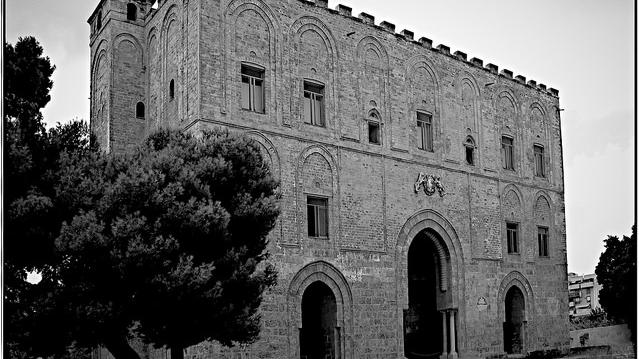

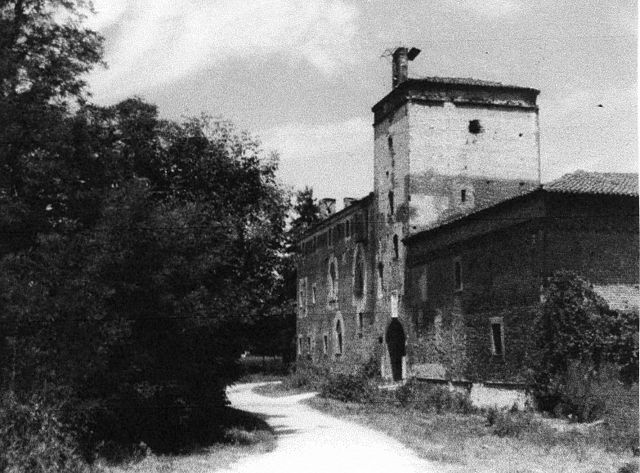
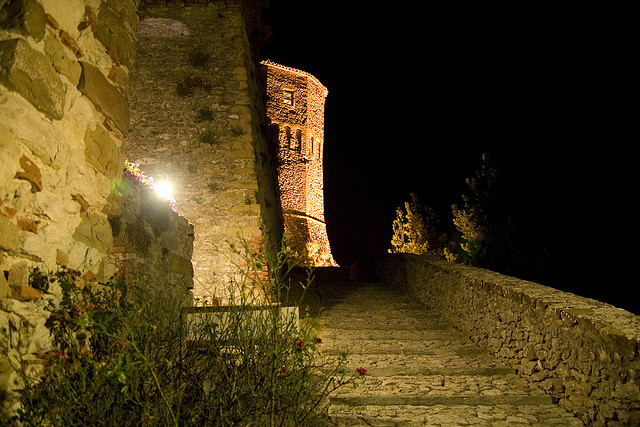
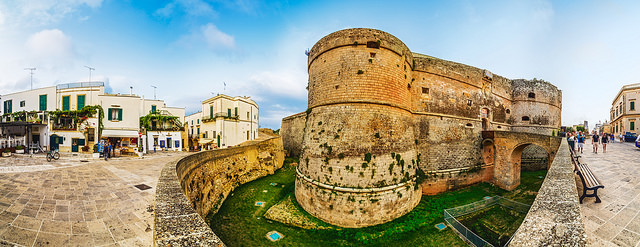
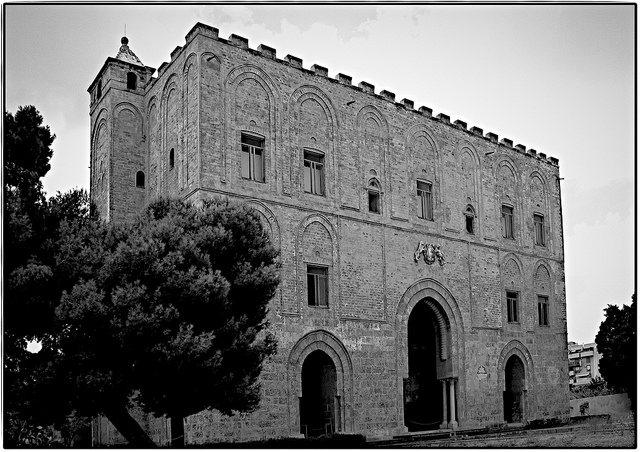

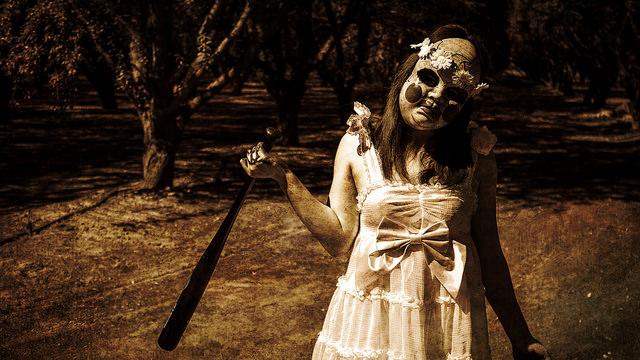

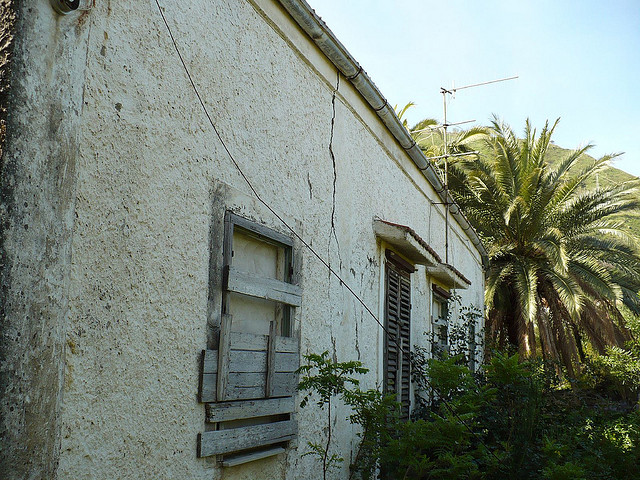
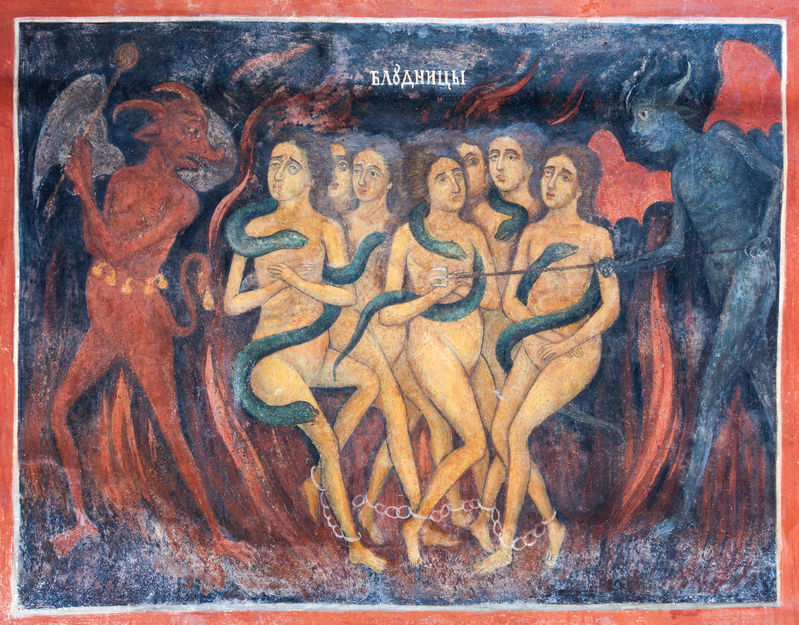






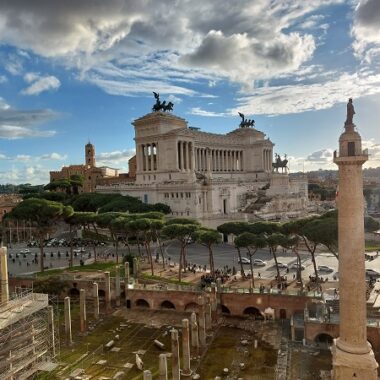
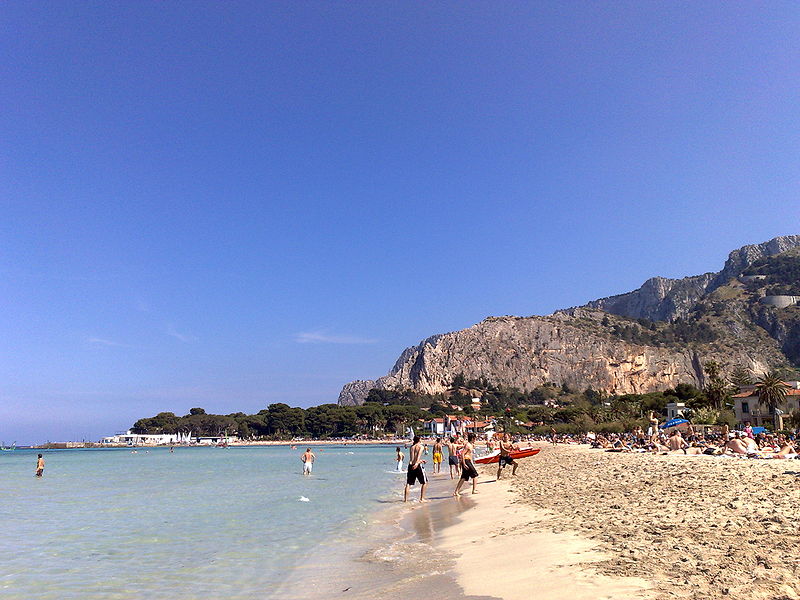




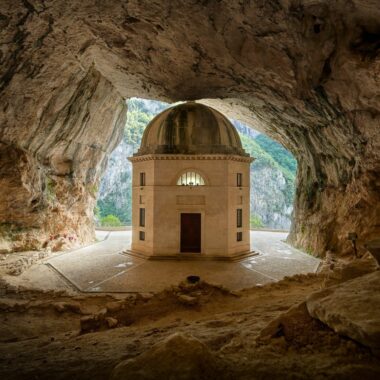
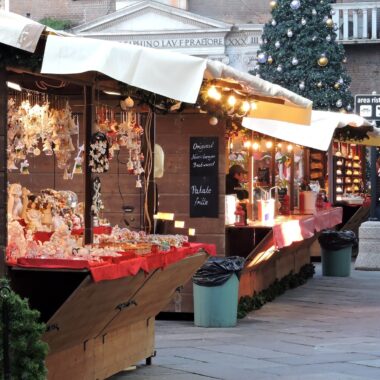
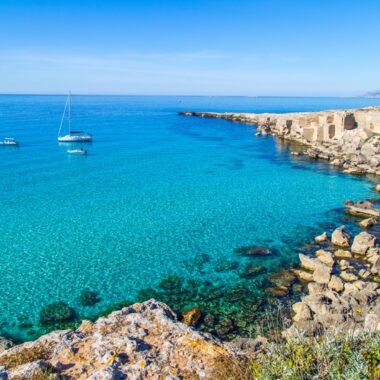
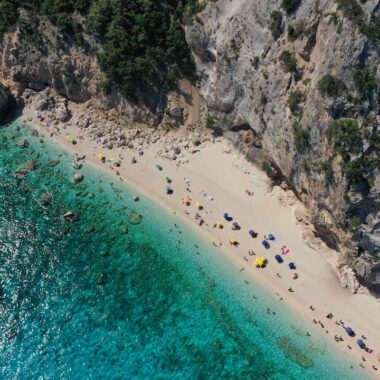



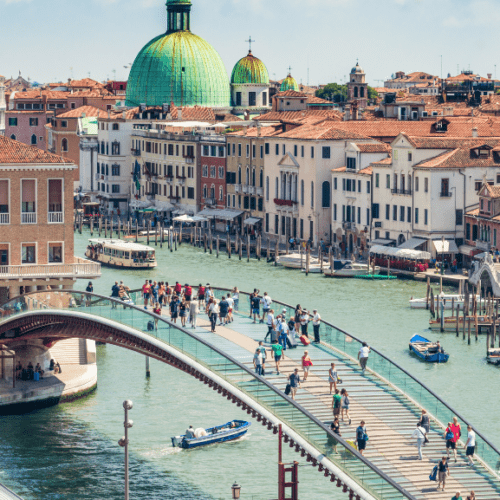

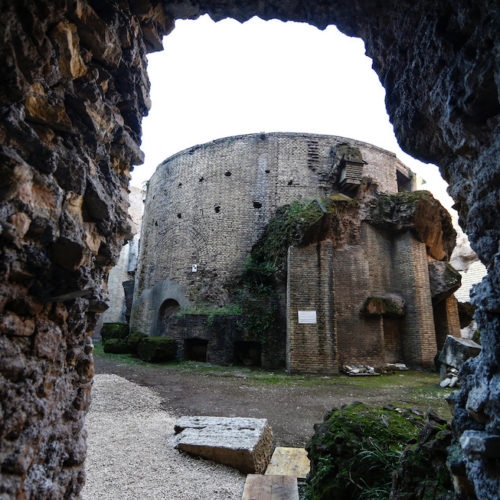
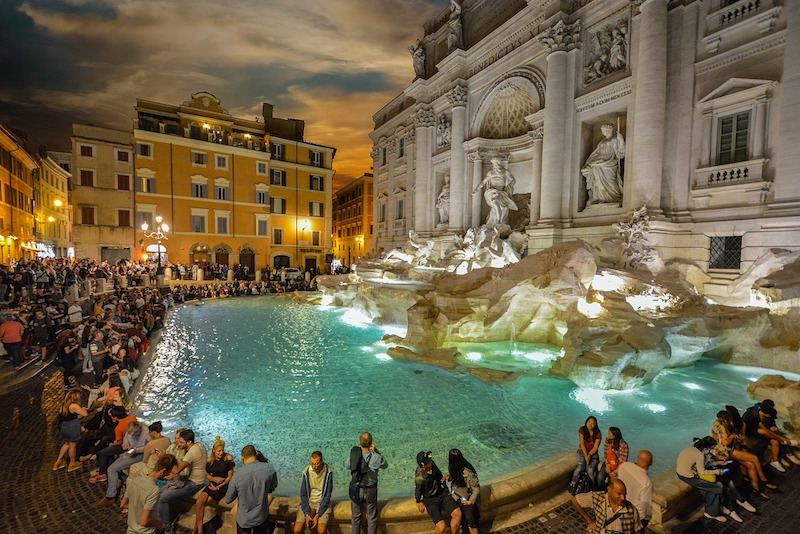
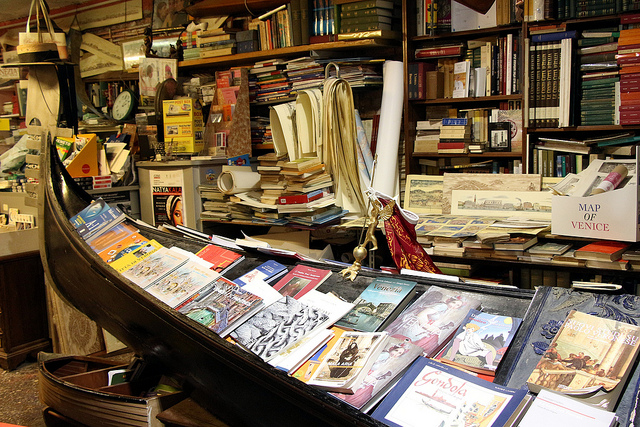
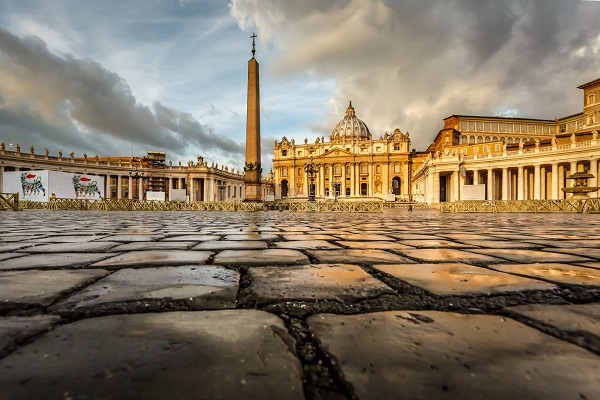
Signora,
I love your articles! May I know if you have written some books on this subject?
Thank you!